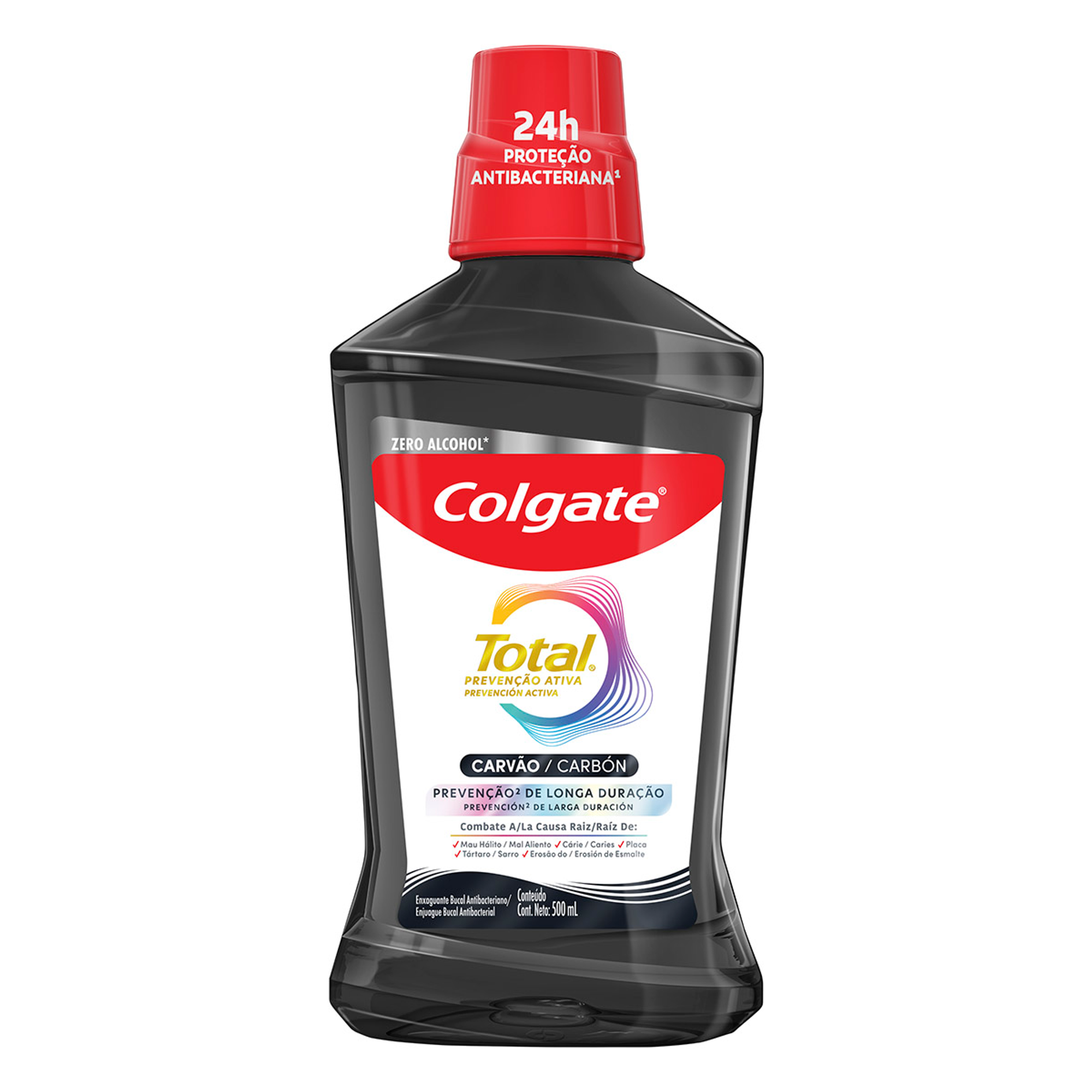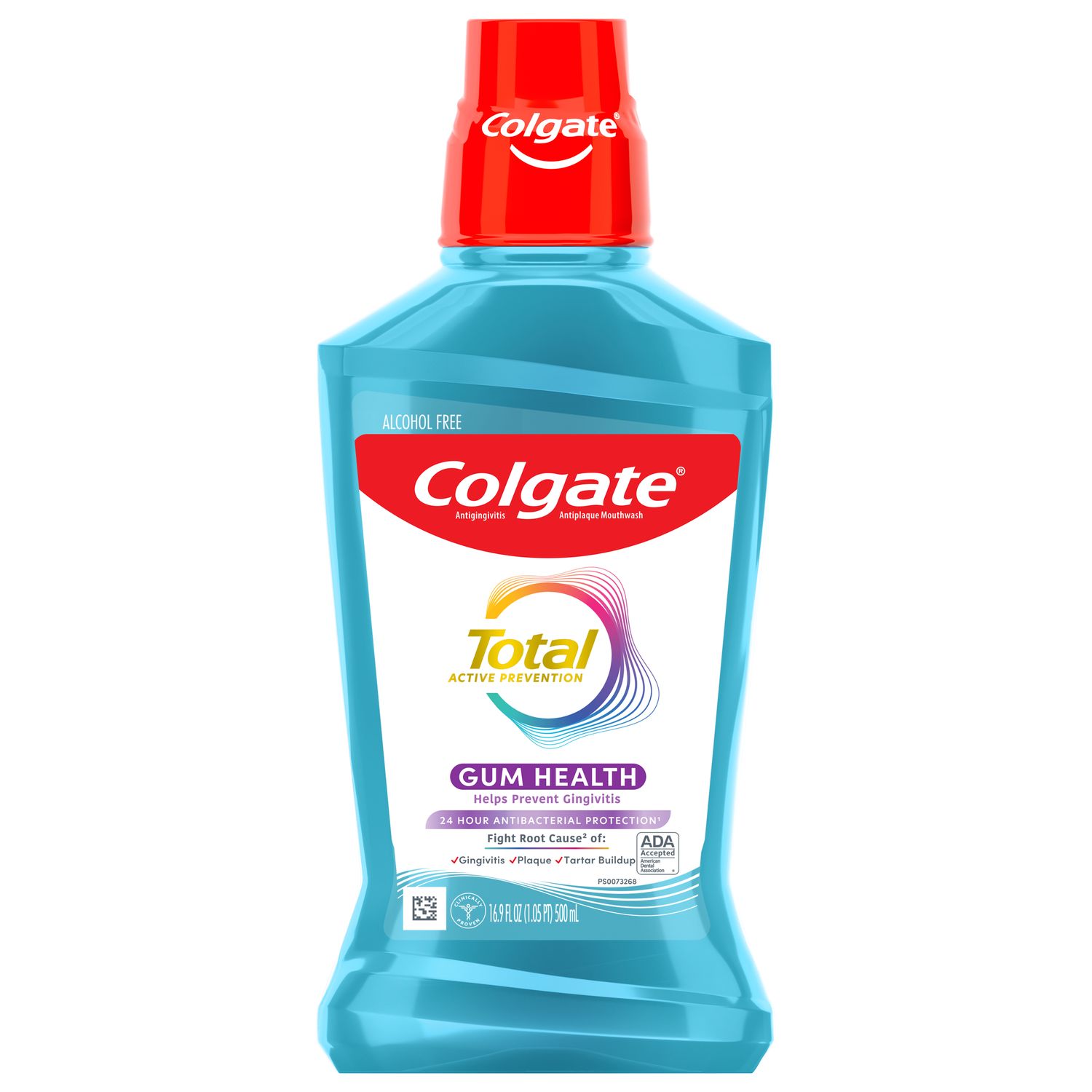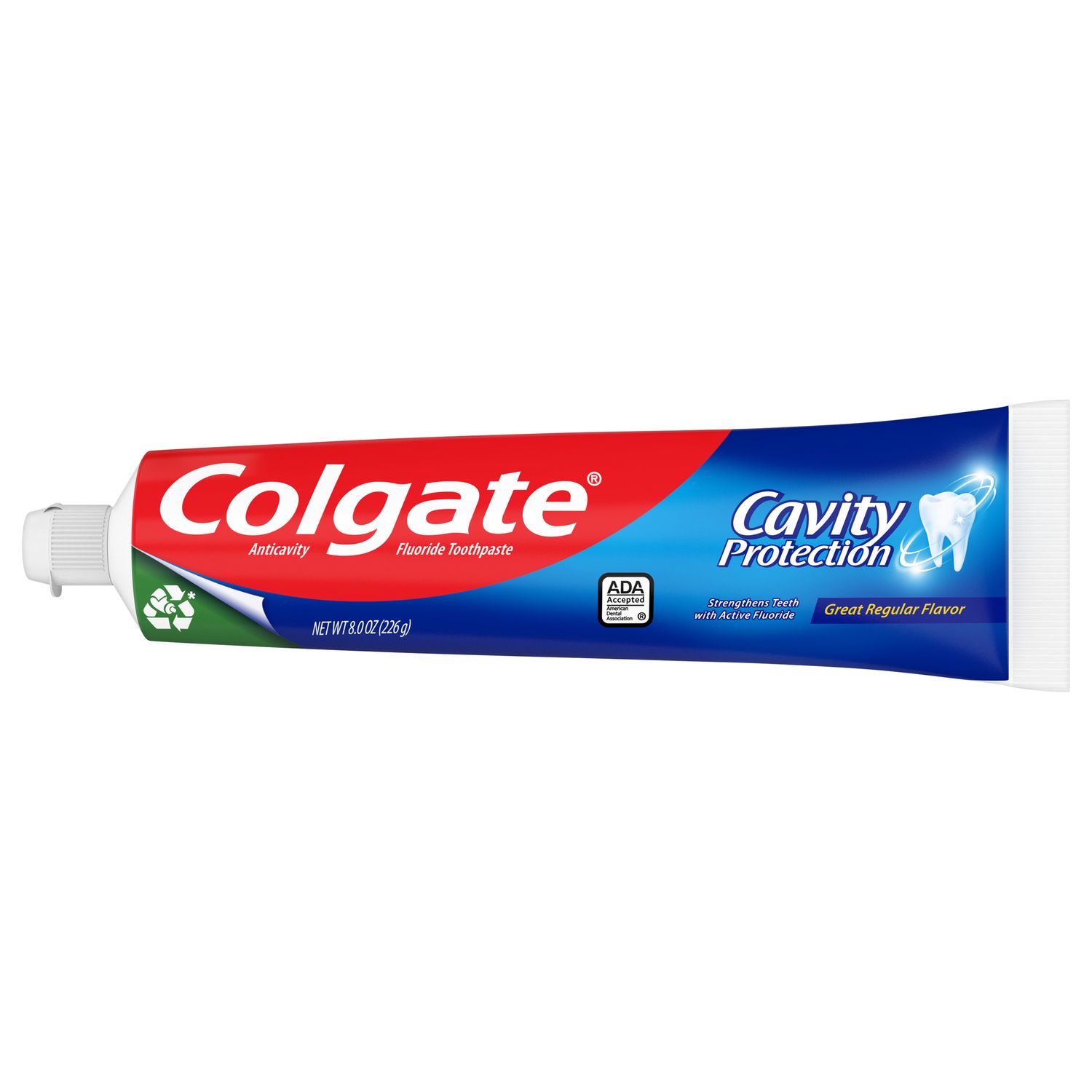Types of Dental Insurance Plans
About 82 percent of dental plans in the U.S. are dental preferred provider organizations (PPOs), according to the American Student Dental Association (ASDA). For these plans, the insurance provider builds a network of dentists who have agreed to perform dental services for set fees, and members can then choose their dentist from this network. Plan members are also allowed to see out-of-network dentists, though they will usually need to pay higher out-of-pocket costs.
Dental health maintenance organizations (HMOs) only account for 8 percent of dental policies in the U.S., as the ASDA notes. Much like PPOs, these provide a network of dentists, but plan members can only choose an in-network dentist as their primary provider. Members usually must receive treatment from their assigned dentist, or from a specialist referred to them by their dentist, to maintain the contracted treatment rate.
Dental indemnity plans used to have a significant market share, but today, they only make up 6 percent of U.S. dental policies, according to the ASDA. Unlike PPOs and HMOs, there are no provider networks. When plan members receive dental services, the insurer generally pays for a percentage of the cost of the procedures, similar to the PPO model.
Advantages of Dental Indemnity Plans
The biggest advantage of indemnity plans is the ability to choose your own dentist, as the American Dental Association (ADA) notes. Instead of being limited to in-network dentists, you can choose to see any dentist you wish. This may be a major selling point for people who already have a dentist and would like that relationship to continue. For people who don't already have a dentist or would like to see a different one, this may not be a concern.
Under an indemnity plan, members may also be able to choose their dental specialists for covered treatments — such as endodontists, who specialize in root canals, and prosthodontists, who specialize in dentures, crowns and other restorations.
Disadvantages of Dental Indemnity Plans
While the cost of dental insurance varies based on location and level of coverage, the National Association of Dental Plans (NADP) explains that indemnity plans tend to be more expensive than HMO or PPO plans. The ASDA also highlights that this is one reason why indemnity plans aren't as common as they used to be.
Insurers who offer indemnity plans usually have a maximum allowance that they will pay for each dental procedure. This allowance is based on what the insurance deems to be a "UCR," meaning a "usual, customary and reasonable fee," according to the ADA. This means that, if your chosen dentist's fees are higher than your insurer's UCR, you will be responsible for paying the difference.
You'll also need to check if the proposed indemnity plan has an annual maximum. An annual maximum is the maximum amount the insurer will pay for dental care during the year. Once you reach this maximum, you need to pay for additional dental costs out-of-pocket. In contrast, HMO plans rarely have annual maximums, which could make them more cost-effective in some scenarios, reports the NADP.
Dental insurance helps you pay for the routine cleanings and dental procedures your family needs to stay healthy. When choosing a dental insurance plan, consider your family's needs and your budget. For some people, indemnity dental insurance is the best option, while others will be better served by an HMO or PPO plan.
Oral Care Center articles are reviewed by an oral health medical professional. This information is for educational purposes only. This content is not intended to be a substitute for professional medical advice, diagnosis or treatment. Always seek the advice of your dentist, physician or other qualified healthcare provider.
ORAL HEALTH QUIZ
What's behind your smile?
Take our Oral Health assessment to get the most from your oral care routine
ORAL HEALTH QUIZ
What's behind your smile?
Take our Oral Health assessment to get the most from your oral care routine















